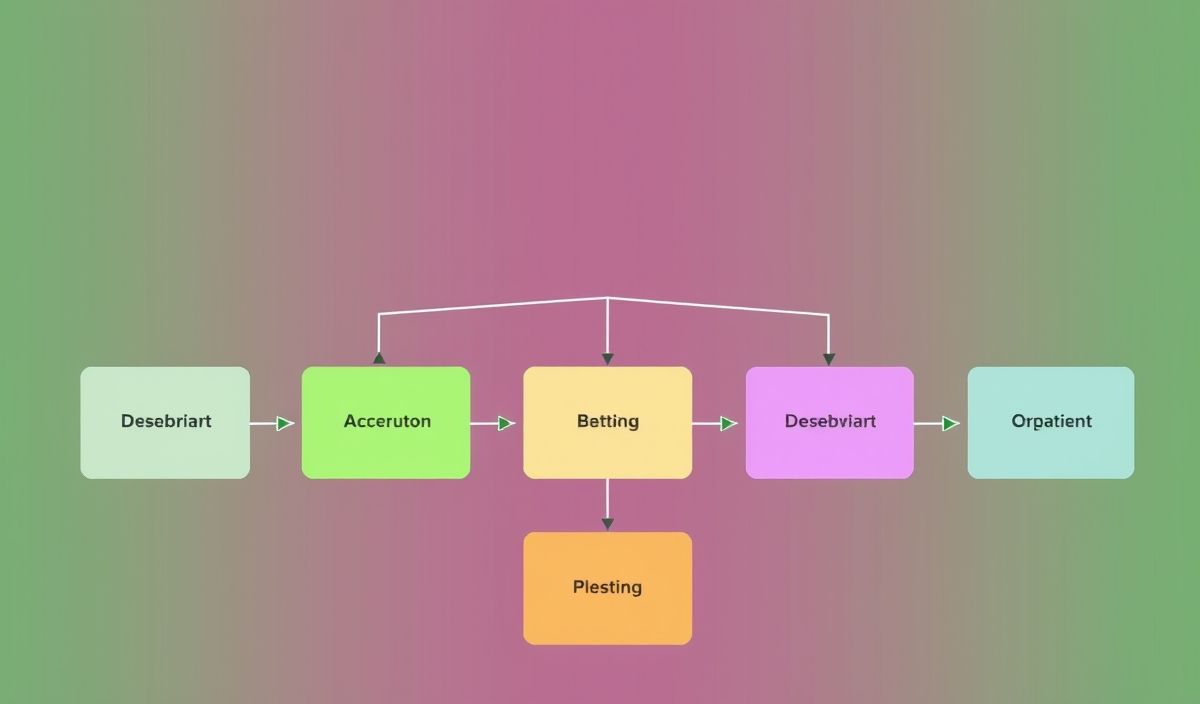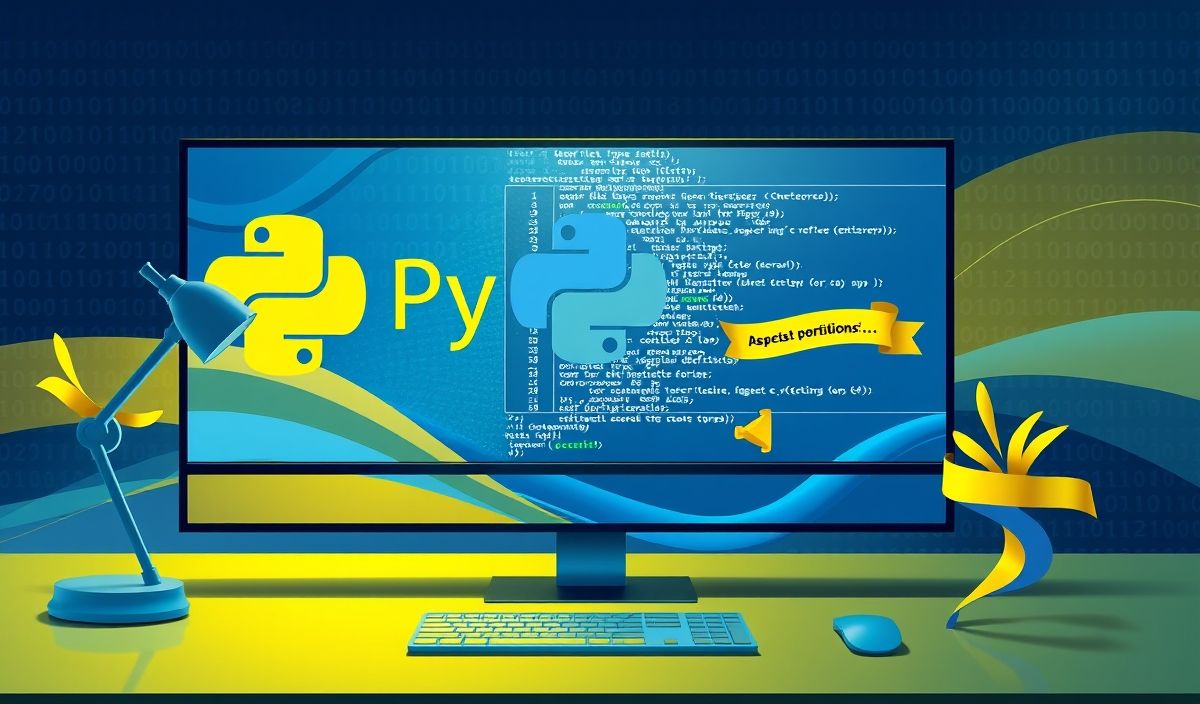Mastering Audio Manipulation with PyDub: A Comprehensive Guide
PyDub is a powerful and easy-to-use library for audio manipulation in Python. Whether you’re looking to trim, concatenate, or apply effects to audio files, PyDub provides a simple and intuitive API to get the job done. In this guide, we’ll explore the core features of PyDub and provide practical examples to help you get started.
Introduction to PyDub
PyDub is a Python library that simplifies the process of working with audio files. It provides a high-level interface for common audio operations, making it accessible even to those with limited experience in audio processing. PyDub supports a variety of audio formats, including WAV, MP3, and OGG, and integrates seamlessly with other Python libraries like NumPy and SciPy.
Getting Started with PyDub
To get started with PyDub, you’ll need to install the library. You can do this using pip:
pip install pydubBasic Audio Operations
Let’s start with some basic audio operations that you can perform with PyDub.
Loading an Audio File
To load an audio file, use the AudioSegment class:
from pydub import AudioSegment
audio = AudioSegment.from_file("example.wav", format="wav")Playing Audio
You can play the loaded audio directly in your Python environment:
from pydub.playback import play
play(audio)Exporting Audio
To save the audio to a file, use the export method:
audio.export("output.mp3", format="mp3")Advanced Audio Manipulation
PyDub also supports more advanced audio manipulation techniques.
Trimming Audio
You can trim an audio file by specifying the start and end times:
trimmed_audio = audio[5000:10000] # Trims from 5 to 10 seconds
trimmed_audio.export("trimmed.mp3", format="mp3")Concatenating Audio
To concatenate multiple audio files, use the + operator:
audio1 = AudioSegment.from_file("audio1.wav")
audio2 = AudioSegment.from_file("audio2.wav")
combined_audio = audio1 + audio2
combined_audio.export("combined.mp3", format="mp3")Applying Effects
PyDub allows you to apply various effects to your audio, such as fading in and out:
faded_audio = audio.fade_in(2000).fade_out(2000) # 2-second fade in and out
faded_audio.export("faded.mp3", format="mp3")Real-World Example: Creating a Podcast Intro
Let’s put everything together to create a simple podcast intro. We’ll combine multiple audio clips, apply effects, and export the final product.
from pydub import AudioSegment
from pydub.playback import play
# Load audio files
intro_music = AudioSegment.from_file("intro_music.mp3")
voiceover = AudioSegment.from_file("voiceover.wav")
# Trim and fade the music
intro_music = intro_music[:10000].fade_out(2000)
# Combine the music and voiceover
podcast_intro = intro_music.overlay(voiceover, position=5000)
# Export the final intro
podcast_intro.export("podcast_intro.mp3", format="mp3")
# Play the intro
play(podcast_intro)Conclusion
PyDub is an incredibly versatile library for audio manipulation in Python. With its simple API and powerful features, you can easily perform a wide range of audio processing tasks. Whether you’re creating a podcast, editing music, or just experimenting with sound, PyDub is a valuable tool to have in your arsenal.
We’ve only scratched the surface of what PyDub can do. Be sure to check out the official documentation for more advanced features and examples.




